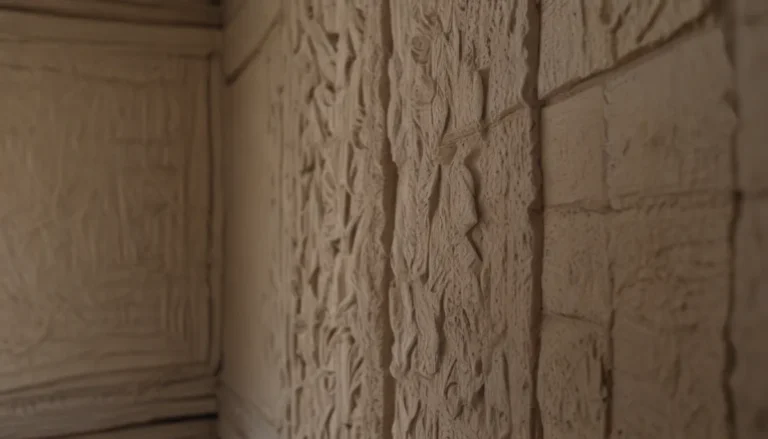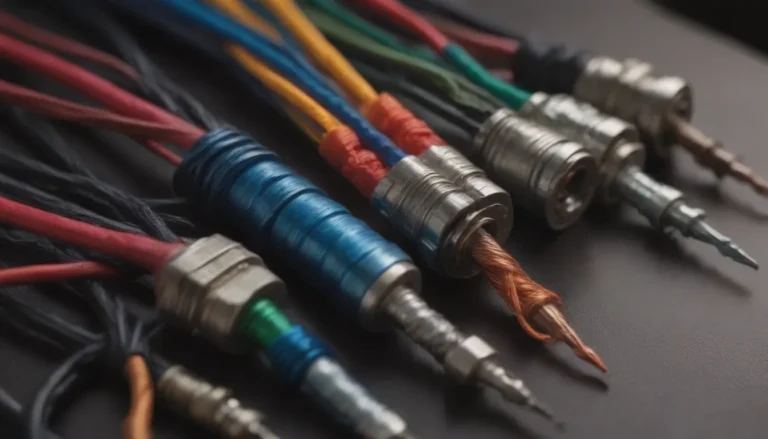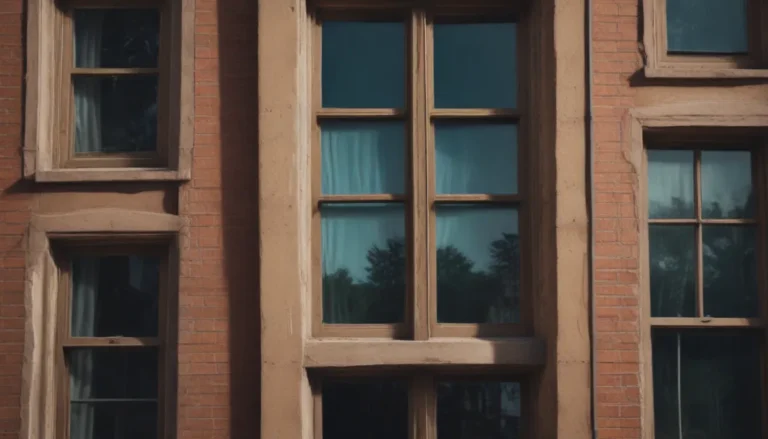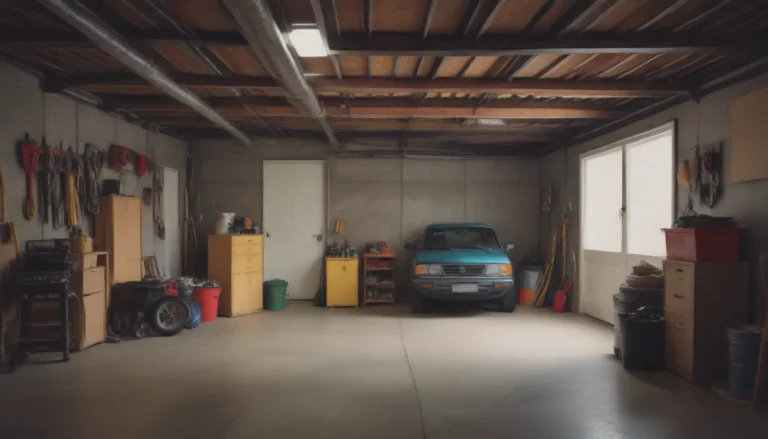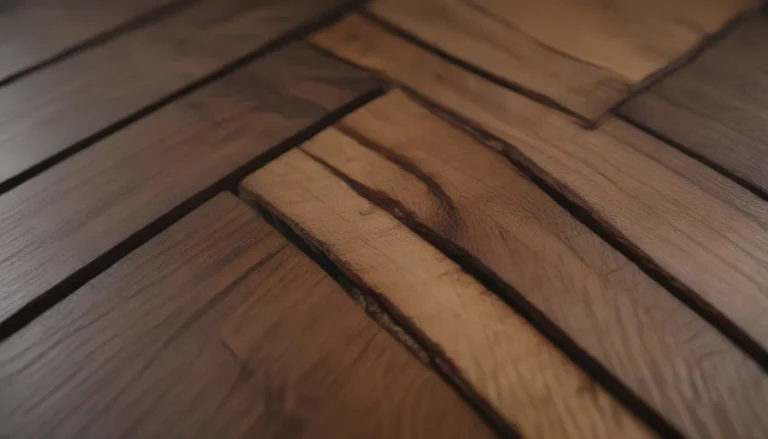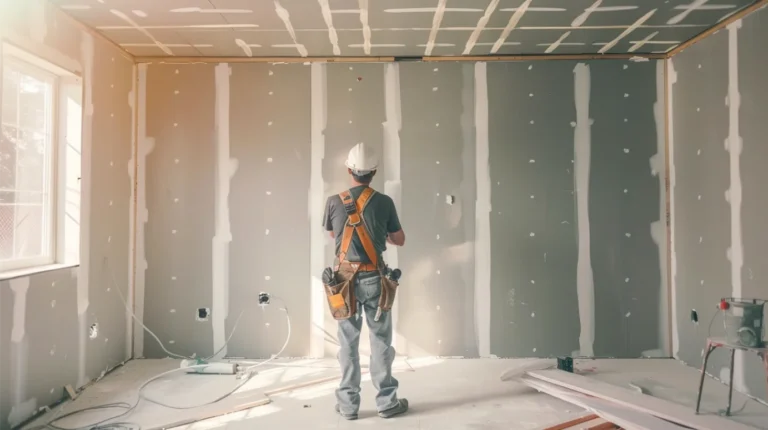Everything You Need to Know About MDF
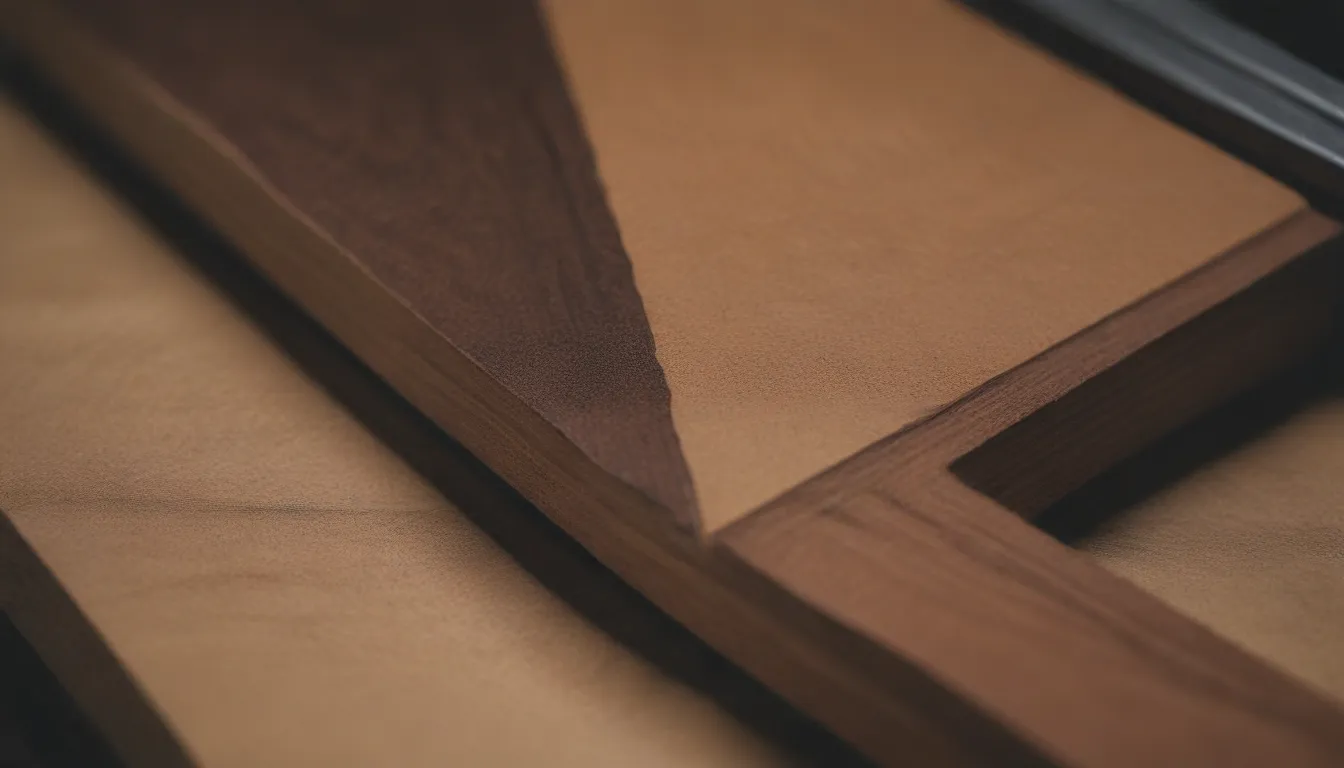
Welcome to our comprehensive guide on Medium-density fiberboard, or MDF as it’s commonly known! If you’re in the construction trades, furniture-making, or similar industries, chances are you’ve come across this versatile engineered wood product. In this article, we’ll dive deep into what MDF is, how it’s used, and how it stacks up against other common building materials. Let’s get started!
Understanding MDF
So, what exactly is MDF? Medium-density fiberboard is a manufactured product made by mixing wood fibers with resins and wax, then compressing them into flat panels under high temperatures and pressure. This results in a sturdy, uniform sheet that’s ideal for various applications. MDF comes in different types tailored to specific needs, such as Beadboard, Slatwall, Moisture-resistant MDF, Fire-retardant MDF, Ultralite MDF, and Bendy MDF.
MDF vs. Real Wood
While MDF is a cost-effective alternative to real wood for projects like cabinetry and furniture-making, there are instances where traditional wood is still the preferred choice due to its strength and durability.
MDF:
– Affordable
– Easy to work with
– Ideal for painted surfaces
– Mimics real wood when finished
Real Wood:
– Superior strength
– Longevity
– Higher quality finish
MDF vs. Plywood
MDF and plywood are commonly used sheet goods in construction and furniture-making. Let’s compare the two to give you a better understanding of their differences.
MDF:
– Smooth surface
– Ideal for painting
– Affordable
– Lightweight
Plywood:
– Higher strength
– Water-resistant
– Suitable for exterior projects
Pros and Cons of Working With MDF
Like any material, MDF has its benefits and drawbacks. Let’s break down the advantages and disadvantages of using MDF in your projects:
Benefits:
– Bonds well to adhesives
– Smooth finish for furniture and cabinetry
– Easy to cut and shape
– Affordable
– Mimics real wood when painted
Drawbacks:
– Produces a lot of sawdust
– Vulnerable to moisture
– Susceptible to abrasion and heat damage
– Not as strong as plywood or real wood
Practical Uses of MDF
MDF is a versatile building material that’s well-suited for various projects, thanks to its affordability and ease of use. It has become a popular choice in place of plywood for applications where a painted surface is desired. Here are some common uses of MDF:
- Cabinetry
- Furniture making
- Flooring
- Wall panels
- Shelving
- Decorative moldings
While MDF is a great option for projects where cost and ease of use are essential, it’s essential to consider the strengths and weaknesses of this material compared to others like plywood and real wood.
Conclusion
In conclusion, Medium-density fiberboard is a valuable addition to any craftsman’s toolkit, offering a cost-effective and versatile alternative to traditional wood products. Whether you’re building cabinets, furniture, or decorative elements, MDF’s smooth finish and ease of use make it a popular choice in many applications. Remember to weigh the pros and cons of MDF against other materials to ensure the best results for your project. Happy crafting!
